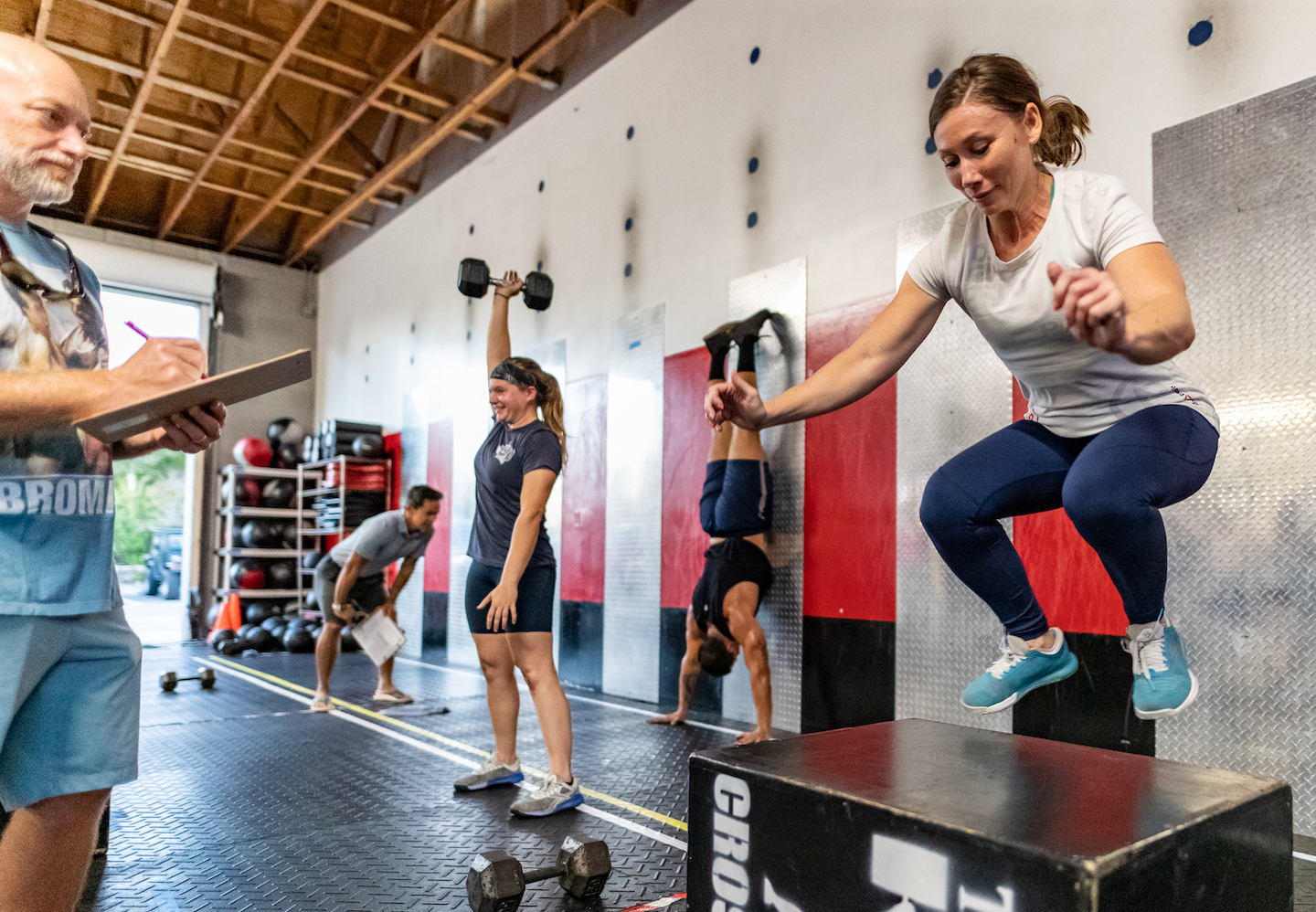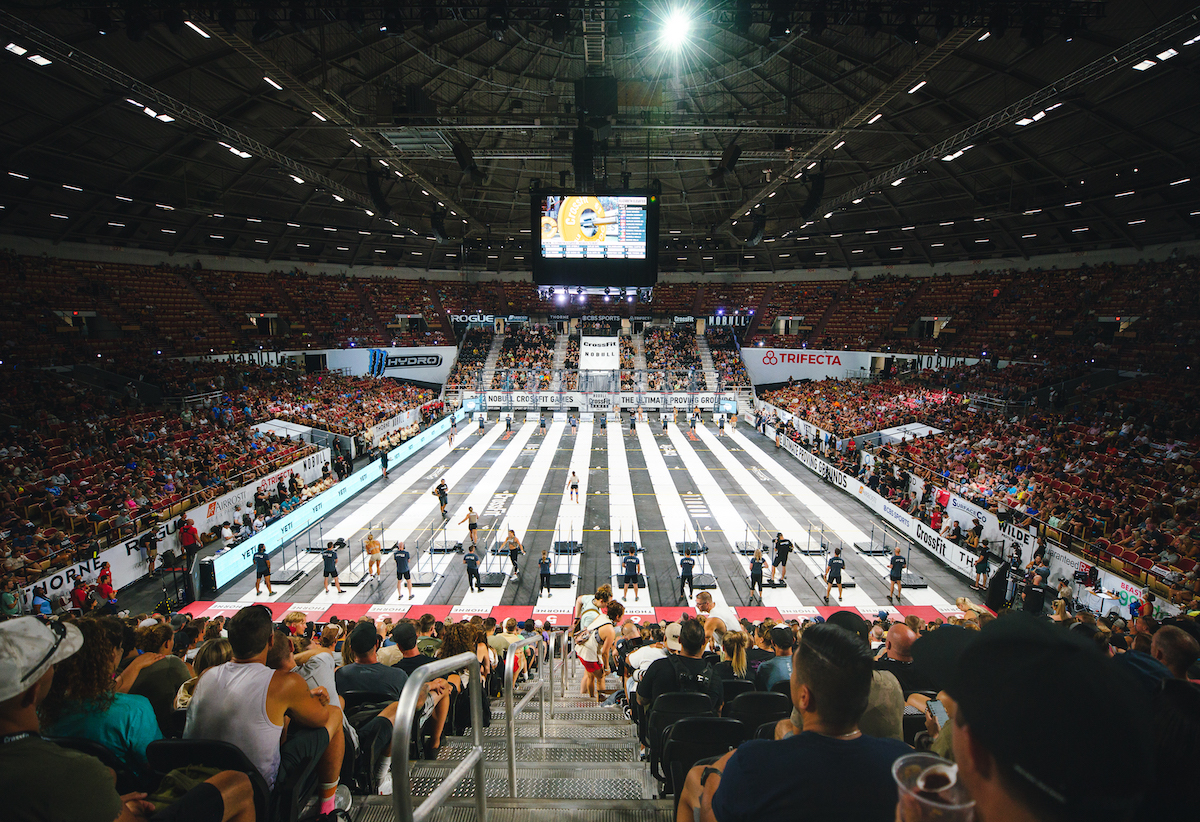The CrossFit Games and Drowning: Drowning Crossfit Games

The CrossFit Games, renowned for its demanding and diverse challenges, have introduced water-based events, adding a new dimension of risk to the competition. While these events can be exhilarating and test athletes’ limits, they also present a significant danger of drowning if proper safety protocols are not in place.
Safety Protocols and Supervision
The importance of robust safety protocols and vigilant supervision cannot be overstated in water-based CrossFit Games events. These measures are crucial to mitigate the risk of drowning and ensure the well-being of athletes.
- Trained Lifeguards: The presence of qualified and experienced lifeguards is paramount. They should be equipped with the necessary skills and resources to respond effectively to any emergencies, including drowning incidents.
- Safety Equipment: Adequate safety equipment, such as life jackets, rescue buoys, and first aid kits, should be readily available and easily accessible to lifeguards and event staff.
- Water Conditions Monitoring: Regular monitoring of water conditions, including depth, currents, and water temperature, is essential to ensure a safe environment for athletes.
- Athlete Awareness: Athletes participating in water-based events should be properly briefed on the potential risks and safety procedures. This includes understanding the importance of staying within designated areas, following instructions from lifeguards, and recognizing signs of distress in fellow athletes.
Real-Life Incidents
Unfortunately, despite safety measures, there have been instances of drowning incidents in CrossFit Games competitions. These incidents underscore the critical need for stringent safety protocols and constant vigilance.
- 2015 CrossFit Games: During the 2015 CrossFit Games, a competitor experienced difficulties during the “Swim to the Finish” event. Despite the presence of lifeguards, the athlete unfortunately drowned. This incident led to a review of safety procedures and a heightened emphasis on water safety in subsequent Games.
Drowning Prevention Strategies for CrossFit Athletes

CrossFit athletes often participate in water-based events, such as swimming, rowing, and open water competitions. While these activities can be exhilarating and challenging, they also pose inherent risks, including drowning. Therefore, it is crucial for CrossFit athletes to prioritize safety measures and develop strong water safety skills to minimize these risks.
Essential Safety Measures for CrossFit Athletes During Water-Based Events, Drowning crossfit games
CrossFit athletes should adhere to a set of essential safety measures during water-based events to ensure their well-being. These measures are designed to mitigate the risks associated with water activities and promote a safe environment for athletes.
- Always Swim with a Buddy: Never swim alone, especially in open water. Having a partner ensures that someone is present to assist in case of an emergency. This practice is essential for all water activities, regardless of the athlete’s swimming abilities.
- Wear a Life Jacket: When participating in open water events, wearing a life jacket is highly recommended, especially in conditions with strong currents or rough water. Life jackets provide buoyancy and increase survival chances in case of an emergency.
- Know Your Limits: Athletes should be aware of their swimming abilities and limitations. Attempting activities beyond their skill level can lead to dangerous situations. It is important to gradually increase swimming distances and intensity to avoid overexertion.
- Stay Hydrated: Dehydration can significantly impair athletic performance and increase the risk of drowning. Athletes should drink plenty of water before, during, and after water-based events.
- Be Aware of Weather Conditions: Before entering the water, athletes should check the weather forecast and be aware of potential hazards such as strong currents, storms, or sudden changes in water temperature. Avoid swimming in unfavorable conditions.
- Familiarize Yourself with the Area: Athletes should familiarize themselves with the swimming area, including water depth, currents, and potential hazards such as rocks or debris. This knowledge helps in making informed decisions about safety.
- Respect the Water: Always treat water with respect and caution. Avoid entering the water if you are tired, under the influence of alcohol or drugs, or have any medical conditions that could affect your ability to swim safely.
Importance of Swimming Skills and Water Safety Training
Swimming skills and water safety training are crucial for CrossFit athletes participating in water-based events. These skills equip athletes with the knowledge and abilities necessary to navigate water safely and respond effectively in emergency situations.
- Strong Swimming Proficiency: CrossFit athletes should have strong swimming skills, including the ability to swim different strokes, tread water, and float. Proficiency in swimming allows athletes to navigate the water confidently and safely.
- Water Safety Knowledge: Understanding basic water safety principles, such as recognizing hazards, responding to emergencies, and using rescue equipment, is essential for all water activities. This knowledge helps athletes make informed decisions and respond appropriately in challenging situations.
- Water Safety Training Courses: Participating in water safety training courses, such as CPR and first aid certification, provides athletes with valuable skills and knowledge to assist others in emergencies. These courses teach techniques for rescue, resuscitation, and managing injuries.
Comprehensive Training Program for Water Safety
A comprehensive training program that includes water safety drills and rescue techniques is essential for CrossFit athletes who participate in water-based events. This program should be designed to enhance swimming skills, water safety knowledge, and emergency response abilities.
- Swimming Technique Drills: Incorporate regular swimming technique drills to improve stroke efficiency, endurance, and overall swimming proficiency. Drills should focus on proper body position, arm and leg movements, and breathing techniques.
- Open Water Swimming Practice: Regularly practice open water swimming to acclimate athletes to the conditions and challenges of open water environments. This practice helps build confidence and improve endurance in challenging water conditions.
- Water Safety Drills: Include water safety drills in training sessions to prepare athletes for potential emergencies. Drills should cover scenarios such as rescuing a distressed swimmer, performing CPR, and using rescue equipment.
- Rescue Techniques Training: Provide training in rescue techniques, including proper methods for approaching a distressed swimmer, using rescue equipment, and performing safe rescues. This training should be conducted by certified instructors who can demonstrate and guide athletes through proper techniques.
Drowning crossfit games – While drowning in the intensity of CrossFit Games, remember that it’s not just about pushing your limits, but also about finding a community that supports your journey. If you’re looking for a space that fosters both physical and mental growth, check out dukic crossfit , a place where dedication meets camaraderie.
It might just be the extra push you need to conquer those CrossFit Games challenges.
The recent drowning at the CrossFit Games has brought to light the dangers of water-based activities, even for seasoned athletes. It’s a stark reminder of the importance of safety precautions, and the tragic case of Lazar Dukic missing further emphasizes the need for vigilance.
While the CrossFit Games push athletes to their limits, it’s crucial to remember that safety should always be paramount.
